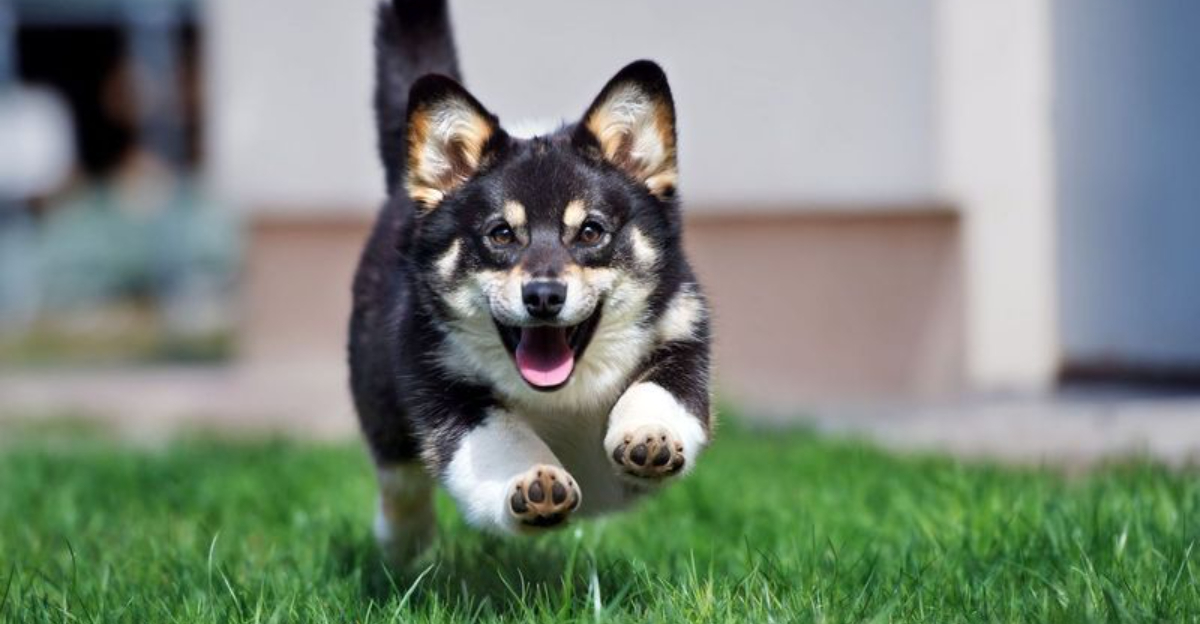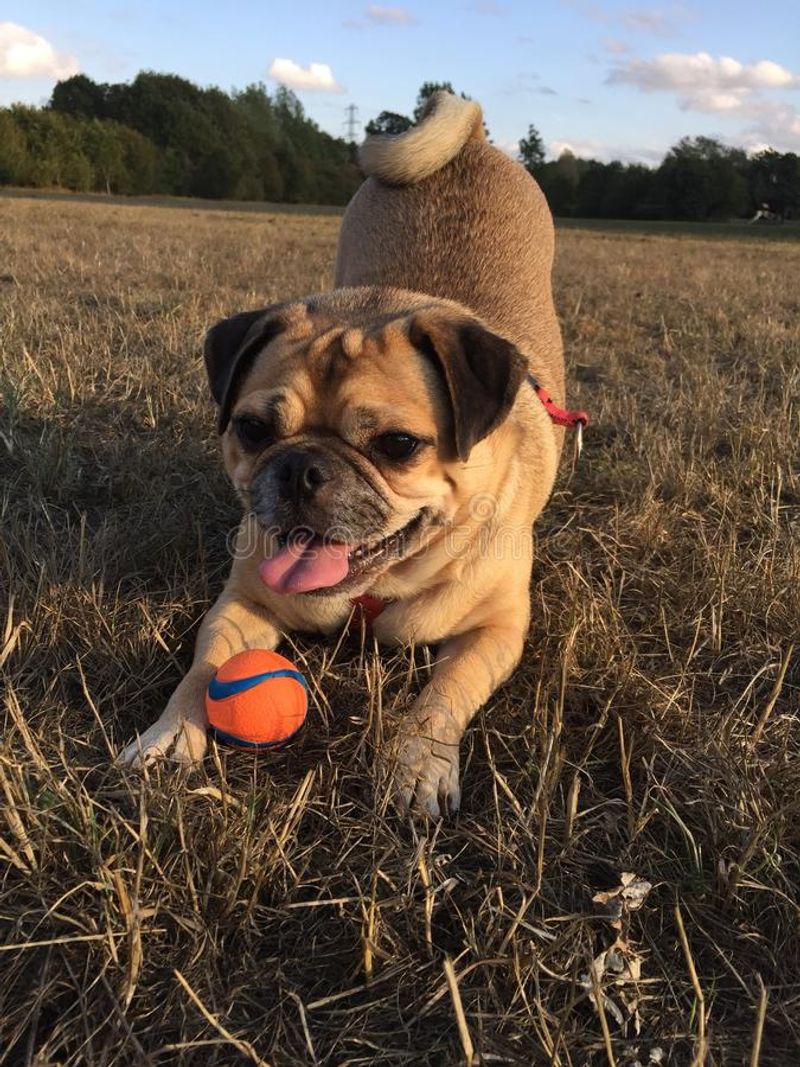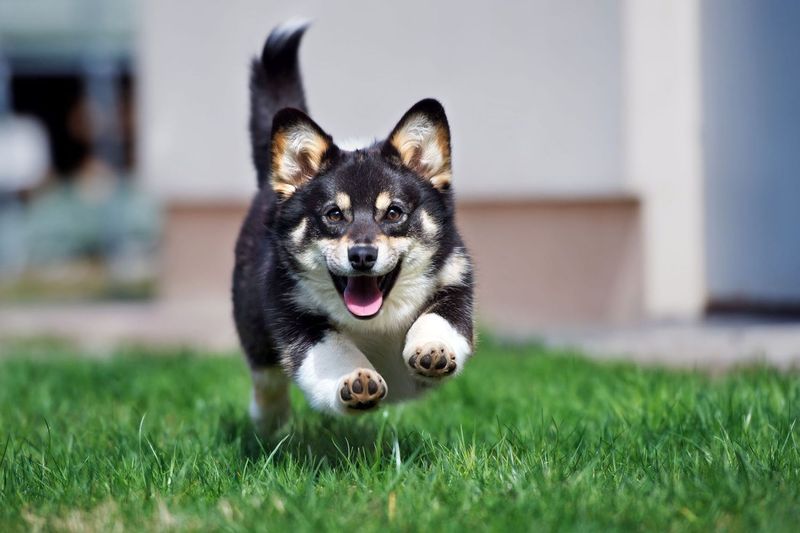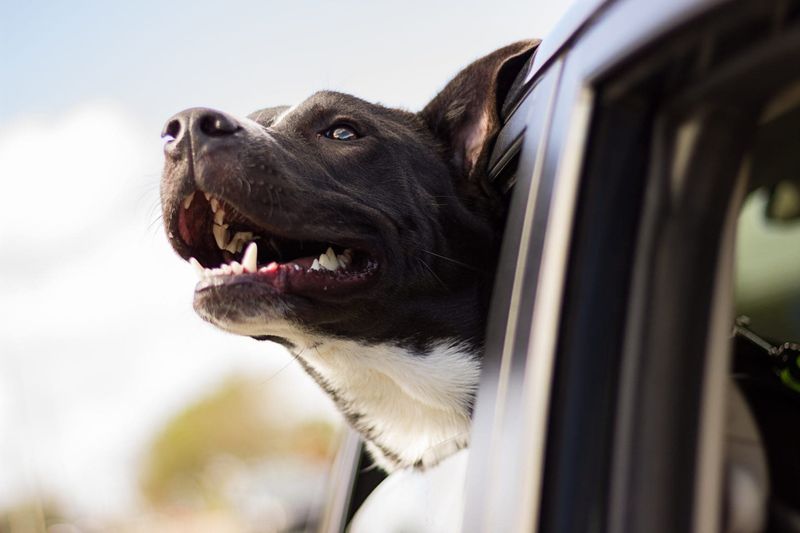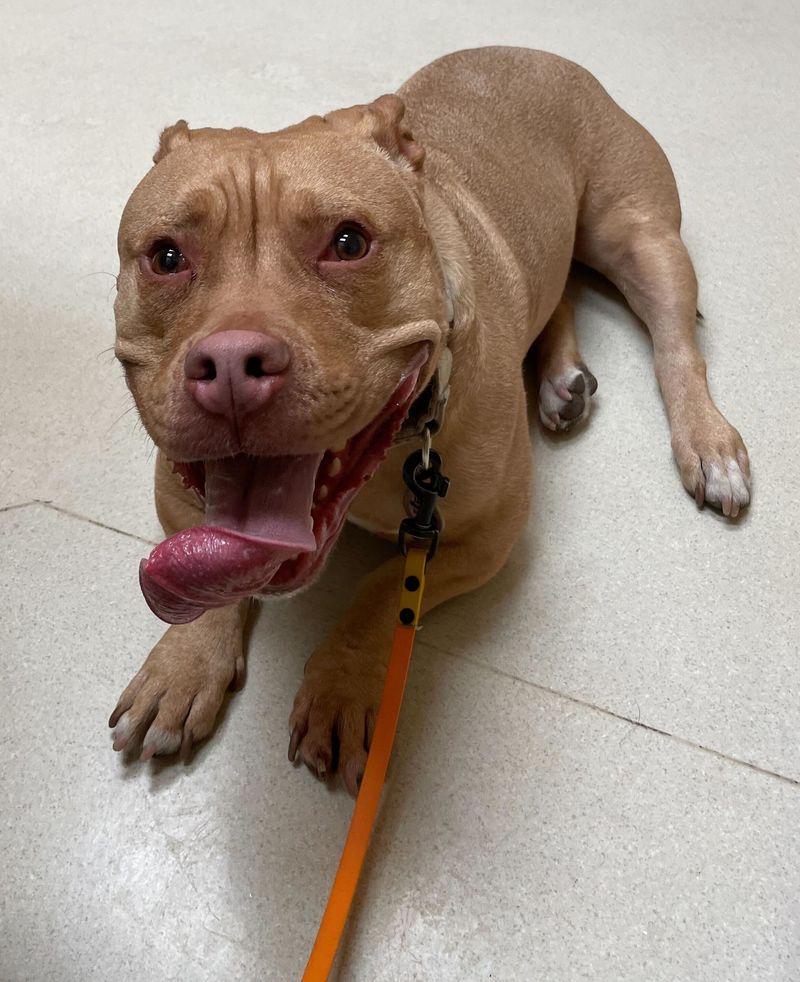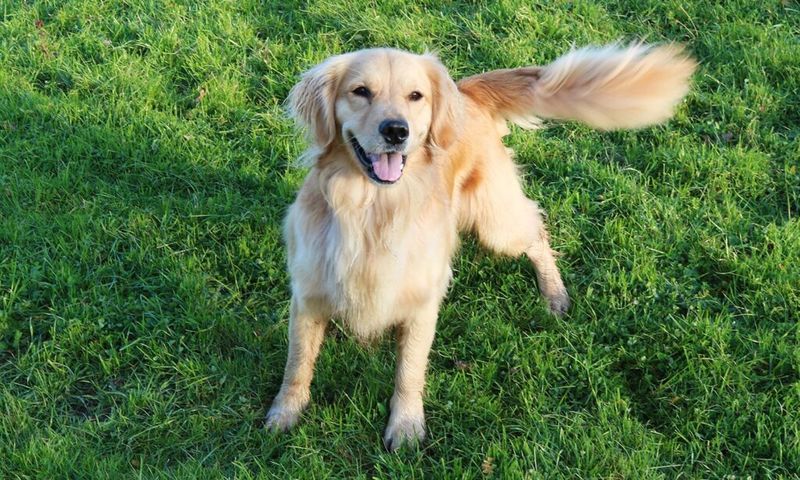Dogs are known for their incredible ability to connect with humans through emotion. From wagging tails to soulful eyes, they have unique ways to express feelings such as anxiety, loneliness, and joy. Understanding these expressions can deepen our bond with our furry friends and help us respond to their needs more effectively. This blog post explores 15 ways dogs show their emotions, offering insights into their behavior and enhancing our appreciation for these loyal companions. Each item provides a glimpse into the emotional world of dogs, revealing the nuances of their communication.
The Joyful Wag
A dog’s tail is a powerful communicator, especially when it comes to joy. A wagging tail is often a sign of happiness and excitement. In a park filled with sunshine and laughter, dogs often wag their tails energetically, showing their enthusiasm for life.
This simple motion is an invitation to play, a greeting filled with warmth, or a celebration of a favorite human’s arrival. Observing the rhythm and speed of the wag can tell us much about a dog’s feelings.
Fast and furious often means sheer joy, while a slower wag might reflect contentment.
Lonely Whines
Whining is a poignant expression of loneliness in dogs. Imagine a rainy day, with a dog sitting by the window, its eyes filled with longing. This mournful sound often echoes feelings of isolation and a desire for companionship.
Dogs may whine when left alone, missing their human friends or fellow pets. It’s their way of voicing a need for affection and social interaction.
Understanding this behavior helps us provide the comfort and attention our dogs crave, turning their loneliness into contentment with just a little extra time together.
Anxious Pacing
Pacing reflects anxiety, a common emotional response in dogs. Picture a dog moving back and forth across the living room, its body tense and ears perked. This restless behavior often accompanies feelings of unease or stress.
Pacing may occur during storms, fireworks, or when unfamiliar guests arrive. It’s a way for dogs to cope with uncertainty, signaling a need for reassurance.
By recognizing this sign, owners can offer comfort through calm words, soothing touches, or creating a safe space, helping to ease the dog’s anxiety and restore peace.
The Play Bow
The play bow is an unmistakable symbol of joy and playfulness. Imagine a dog with its front legs lowered and tail wagging, signaling an invitation to frolic. This gesture is a universal canine language for fun.
It’s often seen in backyards, parks, and living rooms, where dogs engage in playful antics. The play bow not only invites fun but also reassures other dogs and humans that the intention is friendly.
Recognizing this pose can lead to delightful play sessions, strengthening the bond between dogs and their companions.
Ears Back in Fear
When a dog lays its ears back, it often signals fear or apprehension. Picture a dog with ears pinned back, eyes wide, and body slightly crouched. This posture reflects an instinctual response to perceived threats.
Whether facing a loud noise or an unfamiliar situation, the dog’s ears communicate a need for comfort and reassurance.
By acknowledging this subtle cue, owners can provide support, using gentle words and soothing touch to alleviate fear and build confidence.
Excited Zoomies
Zoomies are a delightful expression of pure excitement. Imagine a dog sprinting wildly around a garden, ears flapping and tongue hanging out. This burst of energy, known as the zoomies, showcases uninhibited joy.
Often occurring after baths, during playtime, or when reunited with loved ones, zoomies are a spontaneous release of happiness.
Embracing these moments allows us to see the world through our dog’s eyes, appreciating their exuberant spirit and zest for life.
Submissive Grin
The submissive grin is a fascinating display of emotion in dogs. Picture a dog showing its teeth slightly, yet in a non-threatening way. This grin is a sign of submission, often accompanied by a wagging tail and relaxed posture.
It’s a gesture of appeasement, showing that the dog means no harm and seeks friendship.
Understanding this expression helps in recognizing the dog’s friendly intentions, fostering positive interactions and strengthening bonds.
Joyful Barking
Barking can be a joyful expression, especially in social settings. Envision a lively park where a dog barks joyfully, surrounded by fellow canines and people. This vocalization is an outburst of excitement and happiness.
Dogs may bark when greeting friends, during play, or when something exciting happens.
Recognizing the joyful tone of barking can enhance our understanding of their emotions, allowing us to join in their enthusiasm and share in the joy of the moment.
Panting from Stress
Panting isn’t always a sign of heat or exertion; it can also indicate stress or anxiety. Imagine a dog panting heavily, eyes wide and posture tense, possibly under a shaded area. This type of panting signals emotional distress rather than physical exertion.
Stressful situations like trips to the vet or car rides often trigger this behavior.
Recognizing stress-related panting allows for timely interventions, providing comfort and calming support to ease the dog’s worries.
Curled Up in Sadness
Curling up can be a sign of sadness or withdrawal in dogs. Picture a dog nestled in a corner, head resting on paws, eyes reflecting melancholy. This posture often indicates a desire to retreat from the world.
Sadness in dogs may arise from changes in routine, loss of a companion, or feelings of neglect.
Recognizing this behavior allows us to offer support, companionship, and reassurance, helping the dog feel loved and secure once more.
Happy Tail Wag
A wagging tail is a universal symbol of happiness in dogs. Vision a cheerful dog with a fluffy tail wagging energetically as it frolics in an open field. This lively motion conveys joy and contentment.
Tail wags come in different styles: the full-body wag, the helicopter wag, and the gentle sway. Each carries its own nuance of happiness.
Observing these variations allows us to connect with our dogs on a deeper level, sharing in their happiness and joy.
Shaking Off Tension
Shaking is not just for drying; it’s also a way dogs relieve tension. Envision a dog shaking its body vigorously, ears flapping, as if dispelling water. This act often follows stressful or confusing situations.
Shaking off tension can occur after a confrontation, a noisy environment, or an unfamiliar encounter.
Recognizing this behavior as a stress-relief mechanism helps us better understand our dog’s emotional needs and provide support when necessary.
Yawning in Anxiety
Yawning isn’t merely a sign of tiredness; in dogs, it often signals anxiety. Picture a dog yawning amid a tense environment, surrounded by loud noises or strangers. This yawn is a calming signal, an attempt to soothe itself.
Dogs use yawning to dispel nervous energy and communicate discomfort.
Recognizing this subtle cue allows owners to address the underlying causes of anxiety and provide comfort, reducing stress and promoting a sense of security.
The Contented Sigh
A sigh can be a beautiful expression of contentment in dogs. Imagine a relaxed dog lying on a soft bed, releasing a deep sigh. This gentle sound often follows a satisfying meal, a long walk, or a warm cuddle.
It’s a sign that the dog feels safe, loved, and at peace with its surroundings.
Understanding this expression allows us to appreciate the moments of tranquility shared with our canine companions, reinforcing the bonds of affection and trust.
Drooping Ears in Sadness
Drooping ears can be an expression of sadness or disappointment in dogs. Picture a dog sitting alone in a dimly lit room, ears drooping and eyes filled with sorrow. This posture indicates a heavy heart, perhaps due to loneliness or a recent scolding.
Understanding this sign allows us to offer empathy and companionship, helping to lift their spirits.
By recognizing and responding to this subtle cue, we can provide the comfort and support our dogs need to overcome feelings of sadness.
